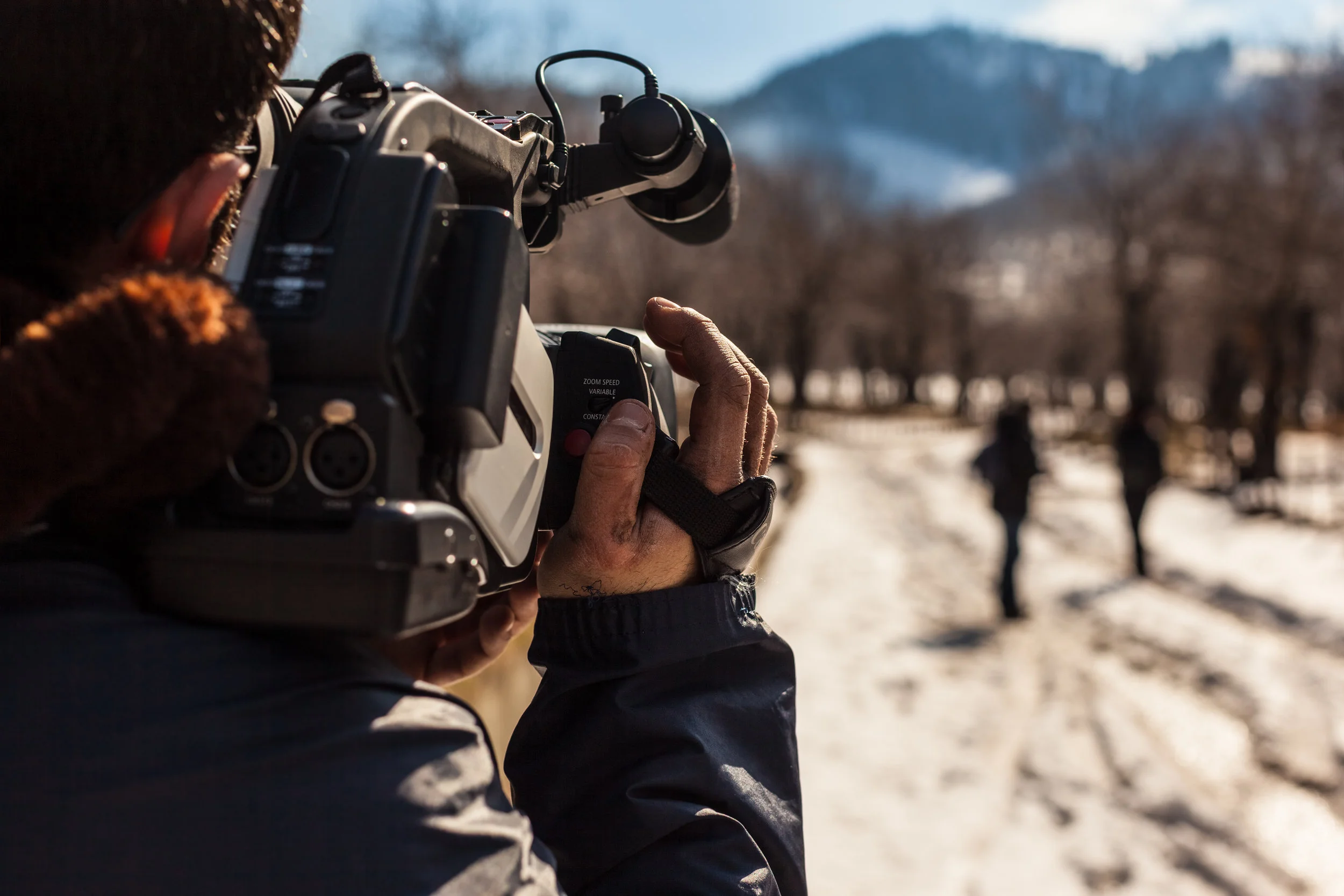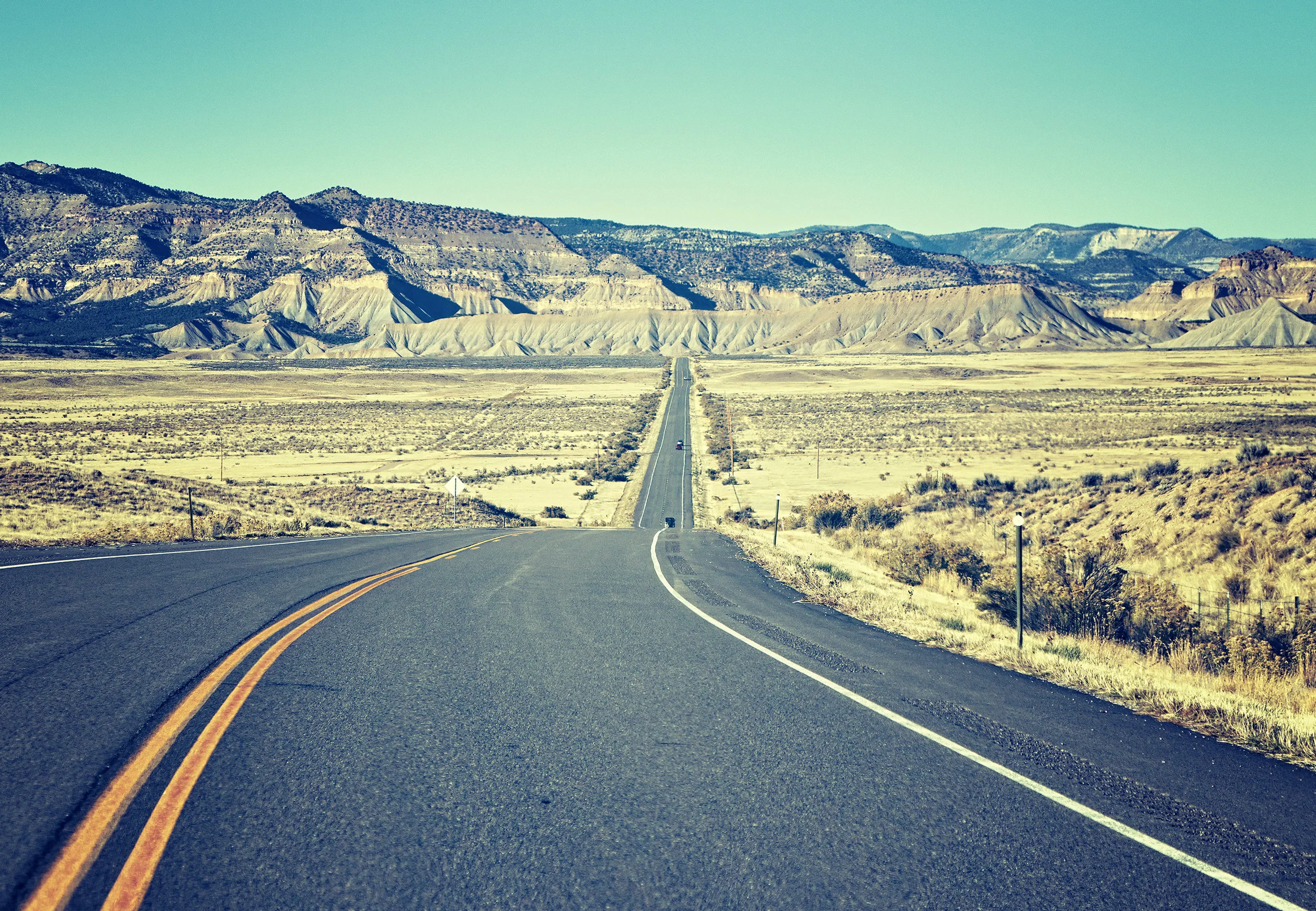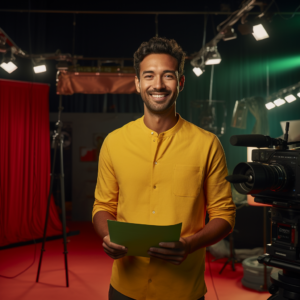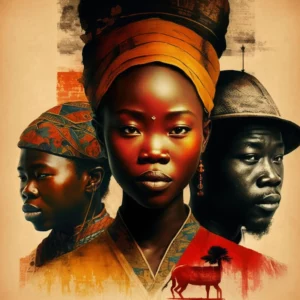Short Films Are One Of Our Favorite Things To Develop, Produce, Film And Edit.
You have to use everything you know about the production process. Developing characters, carefully planning out story arcs, cinematography and course casting and crew are just a few of the things you need to think about.
If I had to give you one piece of advice that would serve you well when planning your short film, it would be to PLAN EVERYTHING AHEAD OF TIME. Without a solid plan, you are shooting in the dark. Scenes are meant to make your audience feel something, or carry the story from point A to point B and set up the moment of connection, At the end of the day, that is what stories are supposed to do. Make your audience connect to a character, a moment, Without that, you are just editing pictures.
Everything starts with a good script. As a general rule, each page of a script equates to a minute of video. SO if you have 10 pages, you will end up with a 10 minute short film. We have found that it’s closer to 30 seconds of video per page. Depending on your director or editor’s cut, your video’s length will change depending on how he or she uses reaction shots, cut always, set up shots etc.
Once you have your script, you will want to start casting. Casting can make or break your project. If you have a budget, I’d highly recommend using a reputable casting agency. Great actors can make a mediocre script great. Conversely, mediocre actors can make a great script mediocre. If you don’t quite have the budget, there are ways to get great performances out of your actors. It just takes time. So if your actors are new to the film production process and creating films in a professional environment, be patient, you have time. Make sure you get the take you need for your final edit. You will thank yourself later.
Crew Up
Your crew is the most critical part of physical production. You are going to need help setting up lights, moving around equipment, getting talent where they need to be, clothing talent, hair, make-up. Sure you can do these things by yourself, but hopefully you have at least 2-3 people to help you during principal photography. They don’t need to be the most experienced people, but friends that are willing and able to help out. Your camera operator/director/cinematographer has to be very familiar with general cinematography rules so you have great pictures to work with. Hair, make-up, wardrobe, set design, are all important, but when you are starting out, those are icing on the cake. Those elements help define characters and story in the world you are presenting. For instance, if your main character is a track star, set design may bring in track trophies to put in their bedroom, or wardrobe will have clothing specific to track athletes in a travel bad that your actor can stuff into a travel bag as they prepare to leave town for a meet.
Sound Quality
The most important thing after your director and actors is/are your sound engineer. You need to have a strong, high quality microphone to capture quality sound on set. When you turn on your television or go to the movies, pay attention to the clarity of the actors voice. Sound quality is one of the signs of the production company being professional or amateur. Invest in a great shotgun microphone and you will be well on your way to producing a great short film.
Film Locations
Locations help you show the world you are talking about. So if you are talking about a track athlete, you may want to secure a track and field at your local college or high school. If you don’t have a budget, maybe you can show they training on a long and level street in their neighborhood. Maybe you can buy a few dumbbells and have them working out and found plyometrics in their front yard. Point is, the less budget you have, the more creative you have to be. And these moments, i think make you a real producer. Don’t show me what you can do with a million dollars. Show me what you can do with $1,000. Production is art, it’s an ode to beauty, creativity, determination and drive.
The final piece of the production process is post-production.
A number of short films get held up in the post production process. Whether it’s the edit, VFX, Foley, sound design, or even color. It seldom will be held up for correction, or grading. It’s a fairly painless process. Editing or VFX is where you will want to focus your energy. Imaging having to look through 500GB of footage to find the perfect video, the perfect take. Or needing to create an entire crowd full of track and field fans in the stadium as your hero character wins the race. Depending on the amount of VFX your project will need, it can potentially be a tall order. If you are starting out, I’d recommend crafting a script that will call for a minimal amount of Visual Effects. It will save you a lot of time in post production.
Short Films can be fun if you plan accordingly and set yourself up for a painless turnaround time from development to delivery. Once your short film is done, you can take it to festivals and share them online with other creatives. The short film community is full of creatives looking for other great creatives to collaborate with. Knock your first one out, share it and network. Before you know it, you are running in all the right circles with other motivated creatives. Each project will bring you closer to your goal. Push forward, keep creating, good luck.











